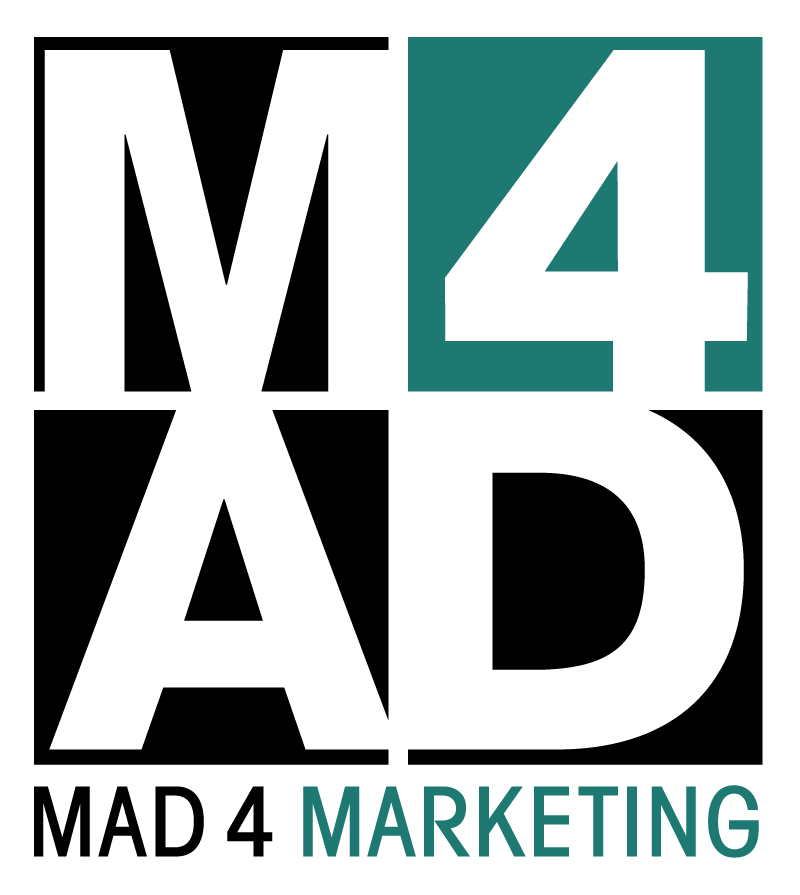Welcome to the third part of our series dedicated to breaking down barriers between your company and your client/customer base. For the past two weeks, we provided a few examples of how personalizing your services can help you address your audience’s needs and expectations. This week, we’re looking at Transparency.
It’s a new age of marketing. In this modern world, information is extremely accessible – and people like it that way. They want to feel like they know your company on an intimate level and can trust in the data that you put out. And they don’t want to feel like they’re being pressured or deceived into buying what you’re offering. They want to come around to it on their own. And they want to feel like you trust them to make their own decision given enough genuine information that’s useful to their decision-making process. This is also your opportunity to show that you understand their needs.
In order to form relationships with your current and potential clients, your brand needs to be out there 24/7. That’s extremely easy to do these days thanks to the Internet. So there’s no reason not to have all of your information available and consolidated. This isn’t just a courtesy on your part, or an act of self-interest, it’s a necessity. Because your audience is already expecting it, and your competitors are already doing it. Here are some thoughts:
1. Keep all of your information on your website. As we mentioned in Part 1 of the Personalization blogs, it helps to have an About Us page with specifics about your staff. This tell-it-all tone should also carry over to the FAQ and any press pages. Keep everything updated and available to be the No. 1 resource available about your own company – and never attempt to hide anything about your operations, such as who’s pulling the strings or what people are saying about your service. Being up-front and open about your policies and personnel makes your audience feel like they know you and can trust you. It’s much worse if your potential buyers or investors learn facts another way and it looks like you’re trying to hide pertinent info. On the flip side, of course, it’s important to maintain an image that you aren’t ashamed to be transparent about.
2. Keep people in the loop. Spread the word about your company’s goals, your game plan and what’s being accomplished. Update readers regularly through your website’s blog and social media. Stay connected with your fans through newsletters and active comment threads. As discussed in Part 2 on Personalization, it helps to personally address these individuals to help them feel connected to you.
3. Let your consumers speak for you. You can leave a review or comments section on your website or social media page allowing those who have worked with you in the past to tell those considering it what their experience was like with you. People are more likely to trust word-of-mouth, testimonial marketing, which is extremely transparent because its an unbiased insider’s experiential opinion.
